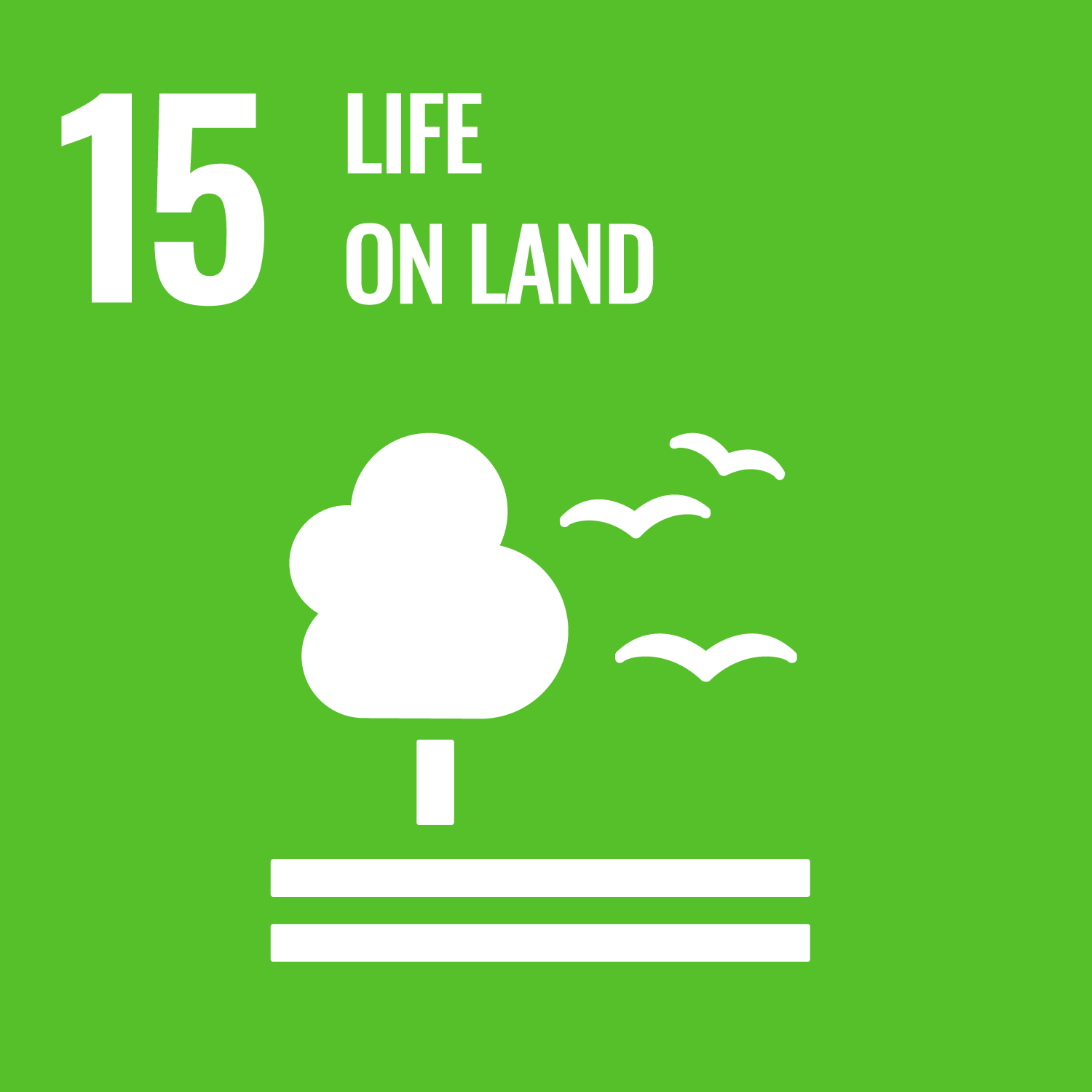Local biodiversity included in planning and development. Include local biodiversity into any planning and development process (e.g. construction of new buildings).
UniSC’s strategic goals for environmental sustainability impacts how we run day-to-day. It inspires engagement with local community as we partner to protect and preserve the land and aquatic eco-systems where we live, work, study and play.
UniSC is a Land for Wildlife member, an initiative that supports the Corporate Practices outlined in the Sustainability Procedures, including "the reduction of the environmental impact of the University's activities"
Environmentally sustainable design
Environmentally sustainable design principles are at the centre of UniSC-built campuses. Sunshine Coast and Moreton Bay are award-winning exemplars showing what can be achieved when the planning is right.
Innovation for efficiency
Master planned and efficient, our campuses are home to sustainability firsts like the thermal water battery that uses power from the sun to power the campus. It's all sustainably led, from building design to the drought-tolerant plants in the landscapes that minimise water use. It's why we are award-winning.
Retrospective improvements with partners
Where we lease space, we work with partners to retrospectively better and improve the sustainability performance of operations.
From adding solar, to fitting more energy efficient lights and ensuring all water fittings have efficient WELS ratings, we take our impact seriously.
UniSC considers resource conservation in all its projects from construction to operation.
Strict building standards
Water is a precious resource that is fiercely conserved and protected at UniSC. We apply innovative techniques and building standards to minimise water, guided by parameters set out in our Sustainability Operating Policy. Our design standards are strict— only water efficient fixtures and fittings in our operations.
Recycle and re-use
Innovative water recycling initiatives have seen UniSC claim several firsts including becoming the first university in Australia to use recycled water in a swimming pool. UniSC uses recycled water to achieve significant water savings.
An integrated catchment system directs storm water, rain and wastewater through a system of swales and creeks for collection and storage in lakes that is used for irrigation, air-conditioning and more at UniSC Sunshine Coast. Both Moreton Bay and Sunshine Coast campuses harvest rain water to re-use in campus operations.
Free drinking water
Free drinking water is provided to all students, staff and visitors on campus through the water refill campus initiative.
Drought tolerant plants
UniSC is committed to water-conscious planting, planting landscapes to minimise water use, and using drought-tolerant plants wherever possible.
Innovating to reduce impact
We use elecrolysis technology to combine simple ingredients of salt and water to produce eWater, which is used at UniSC campuses as a more sustainable, non-toxic cleaning agent.
Summary
UniSC incorporates local biodiversity into planning and development processes, such as the construction of new buildings, ensuring sustainable growth and the preservation of natural ecosystems.

